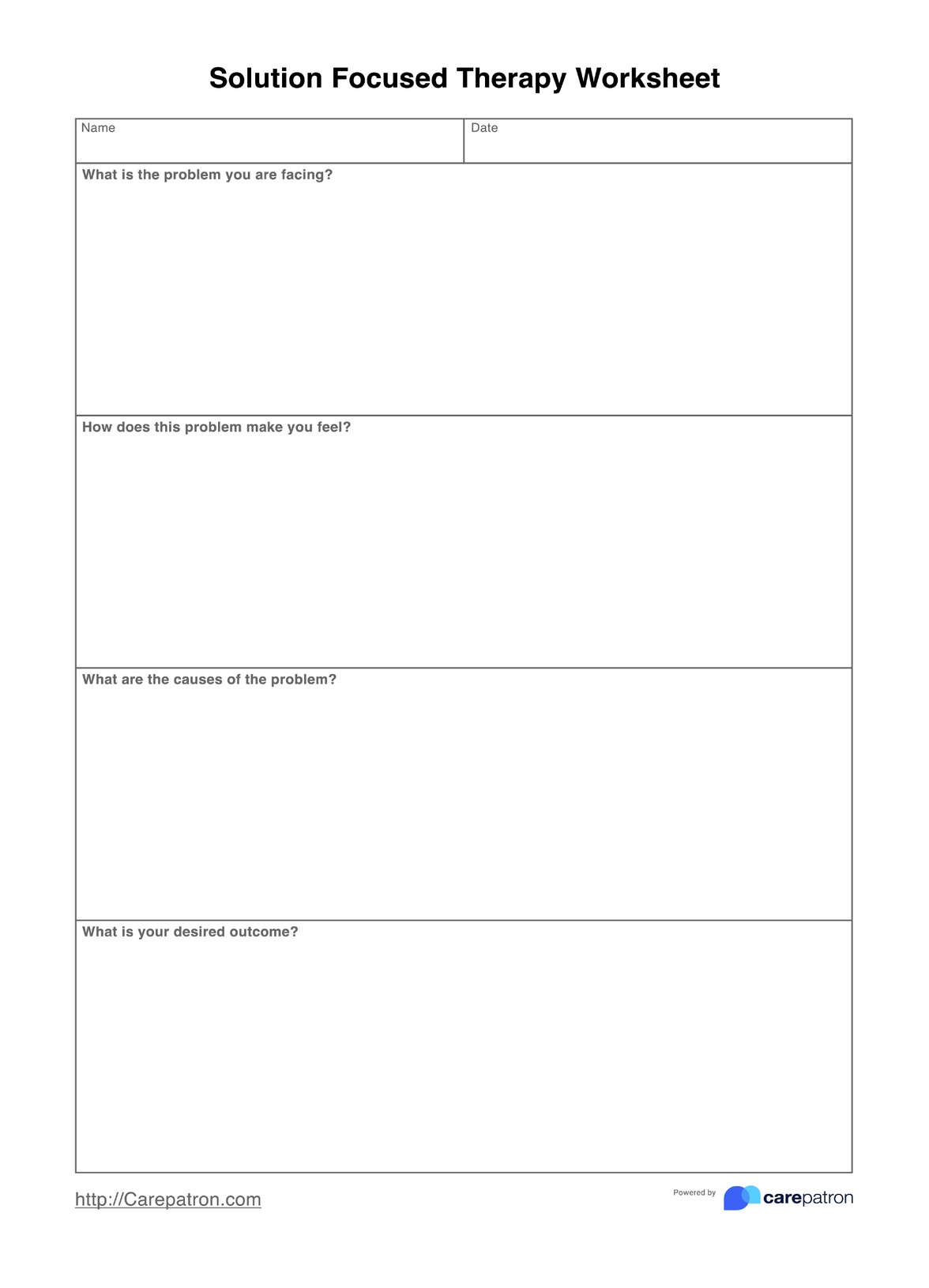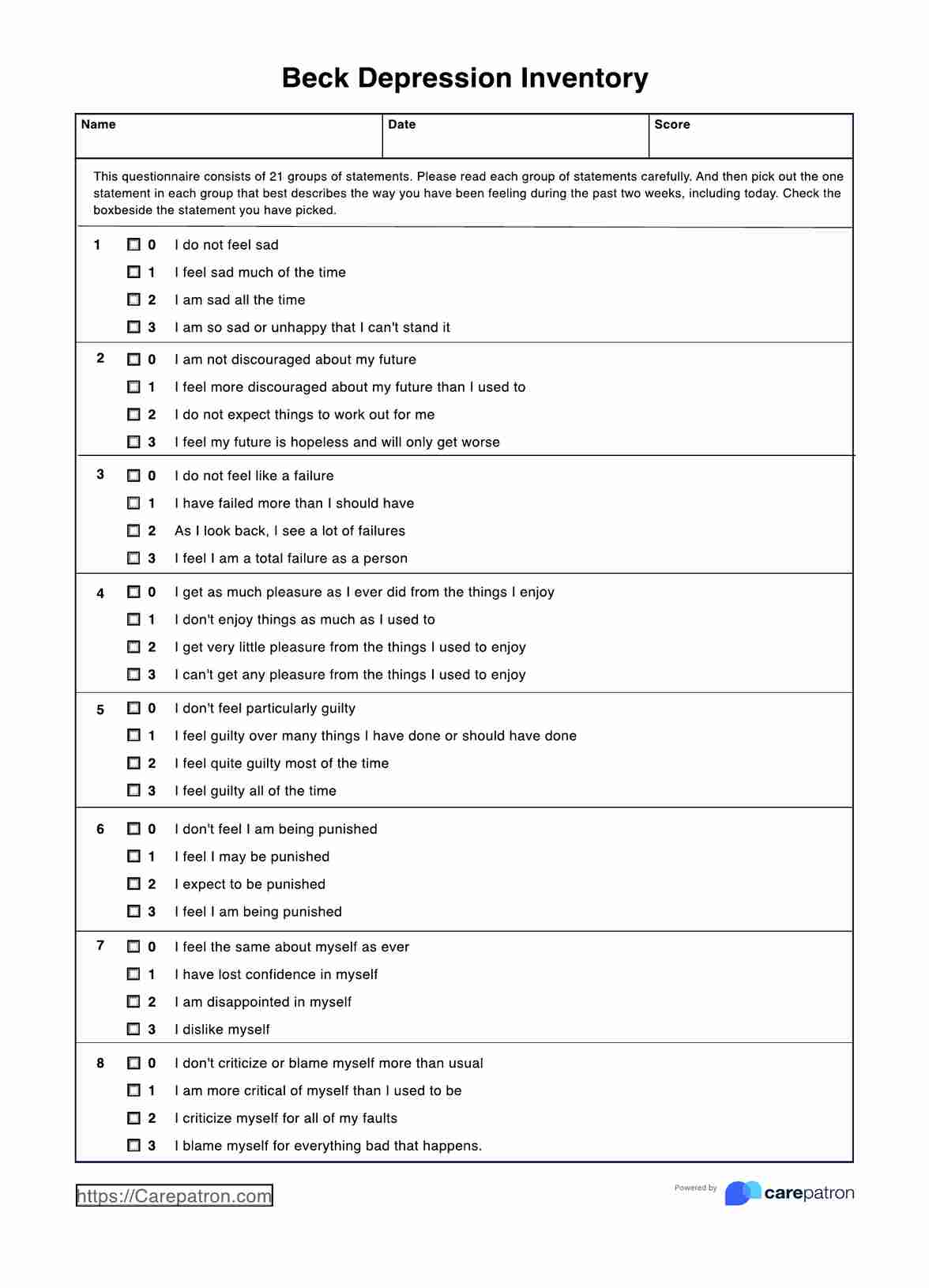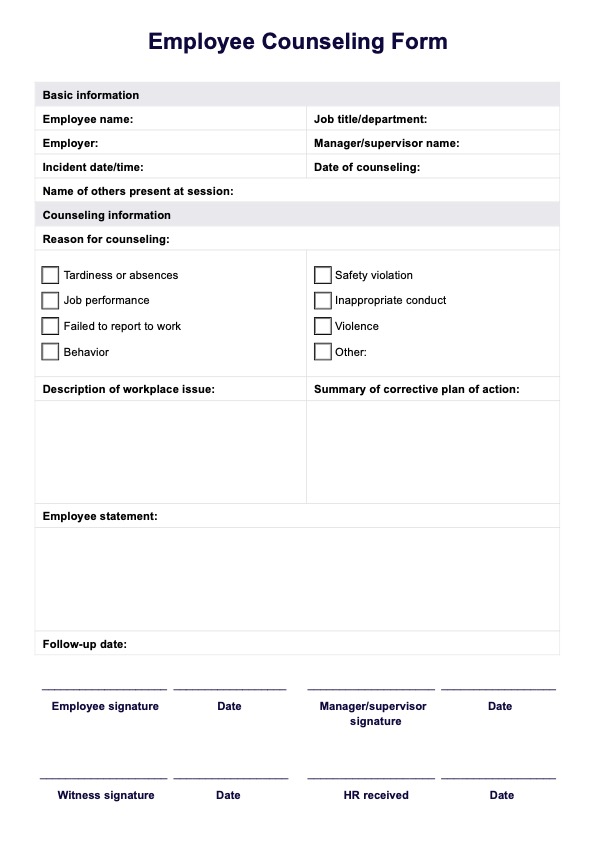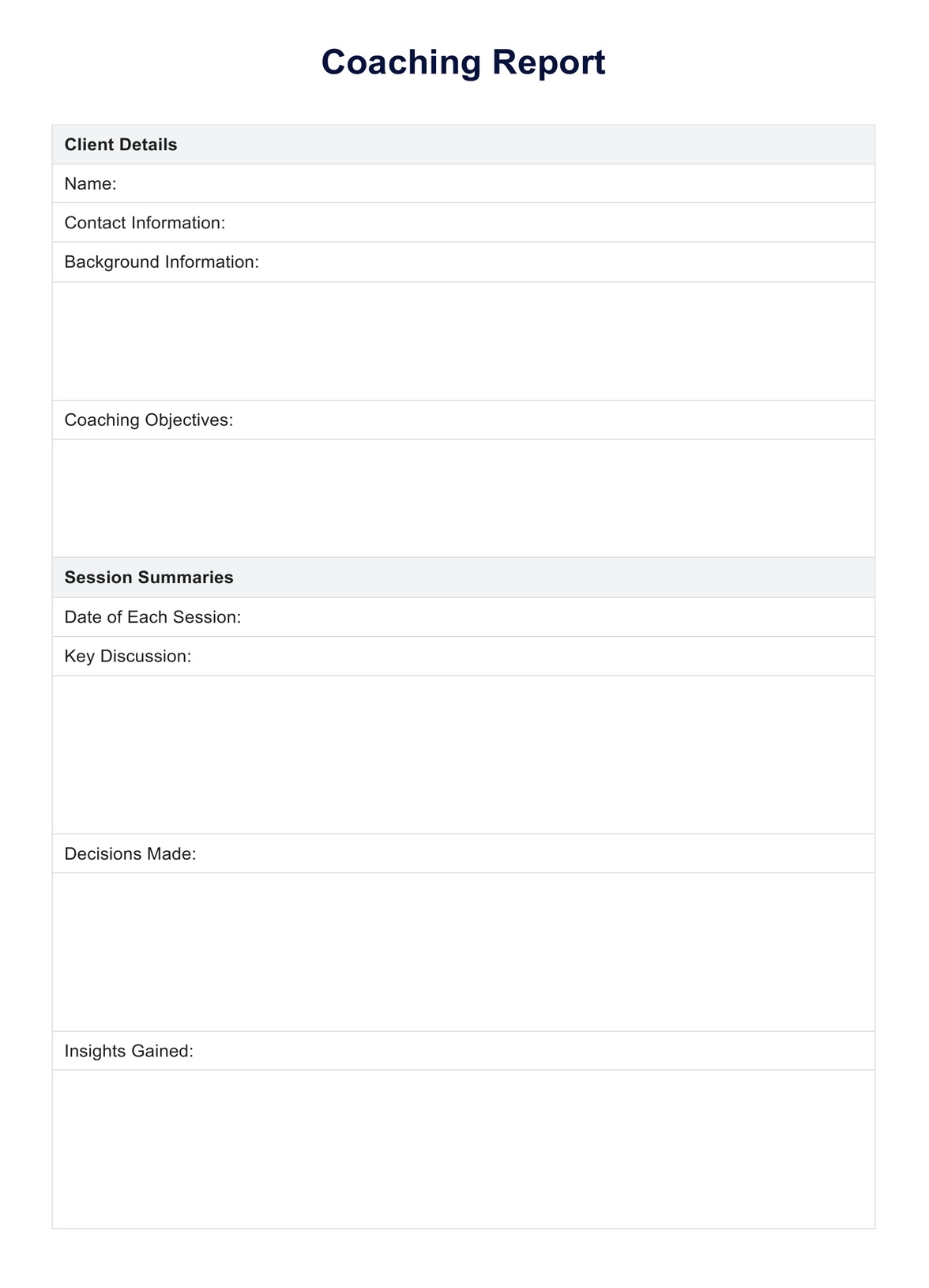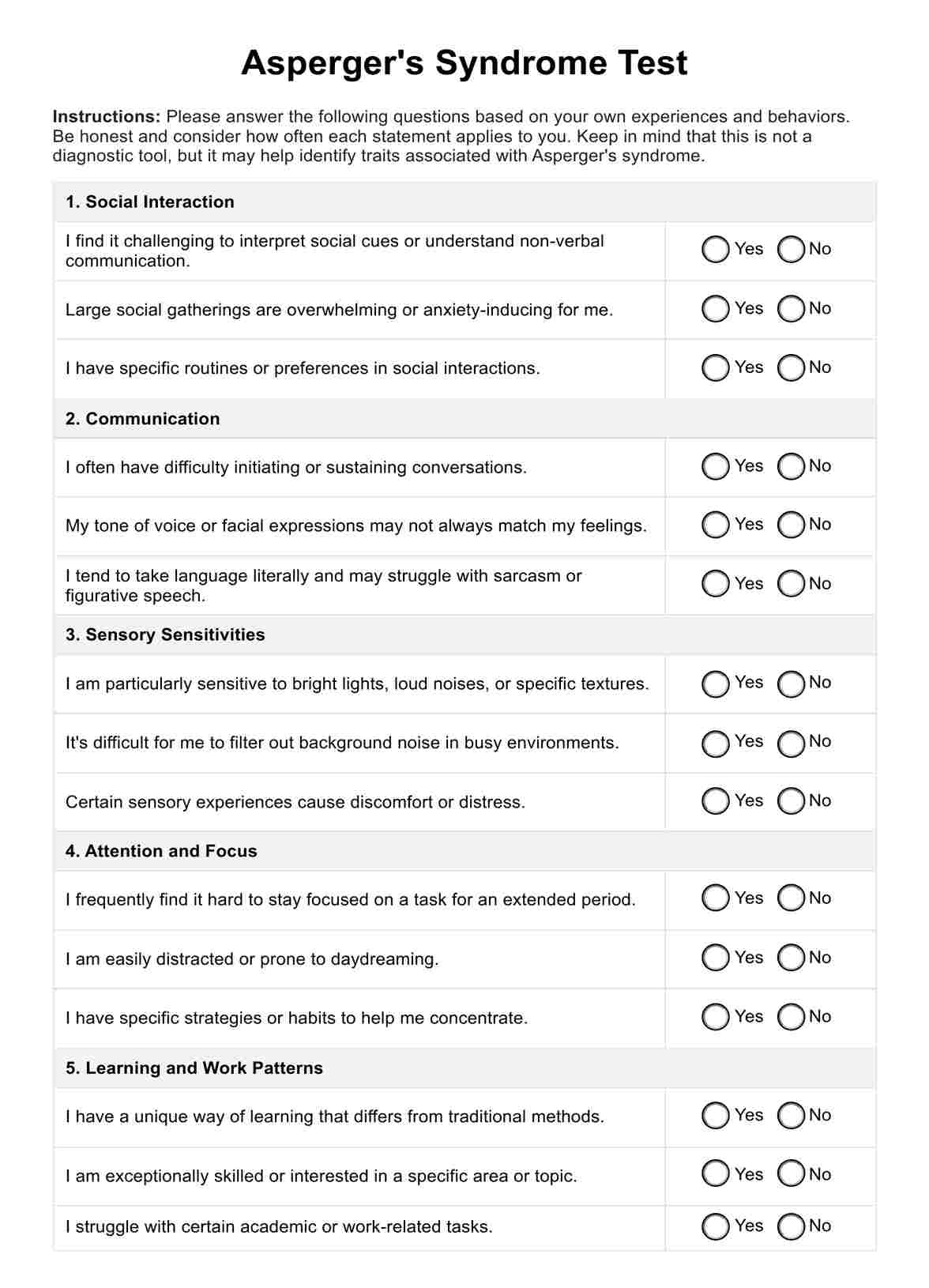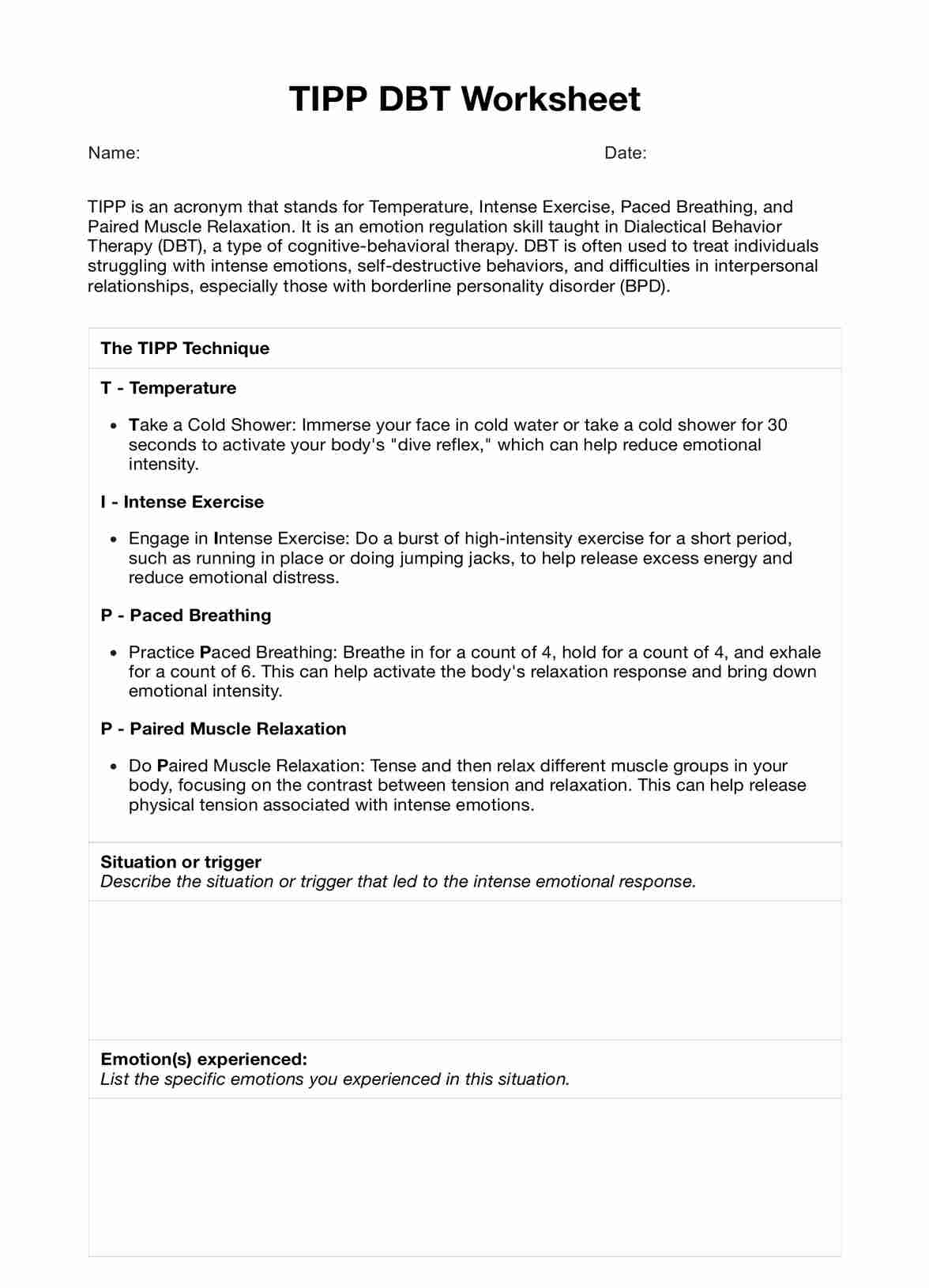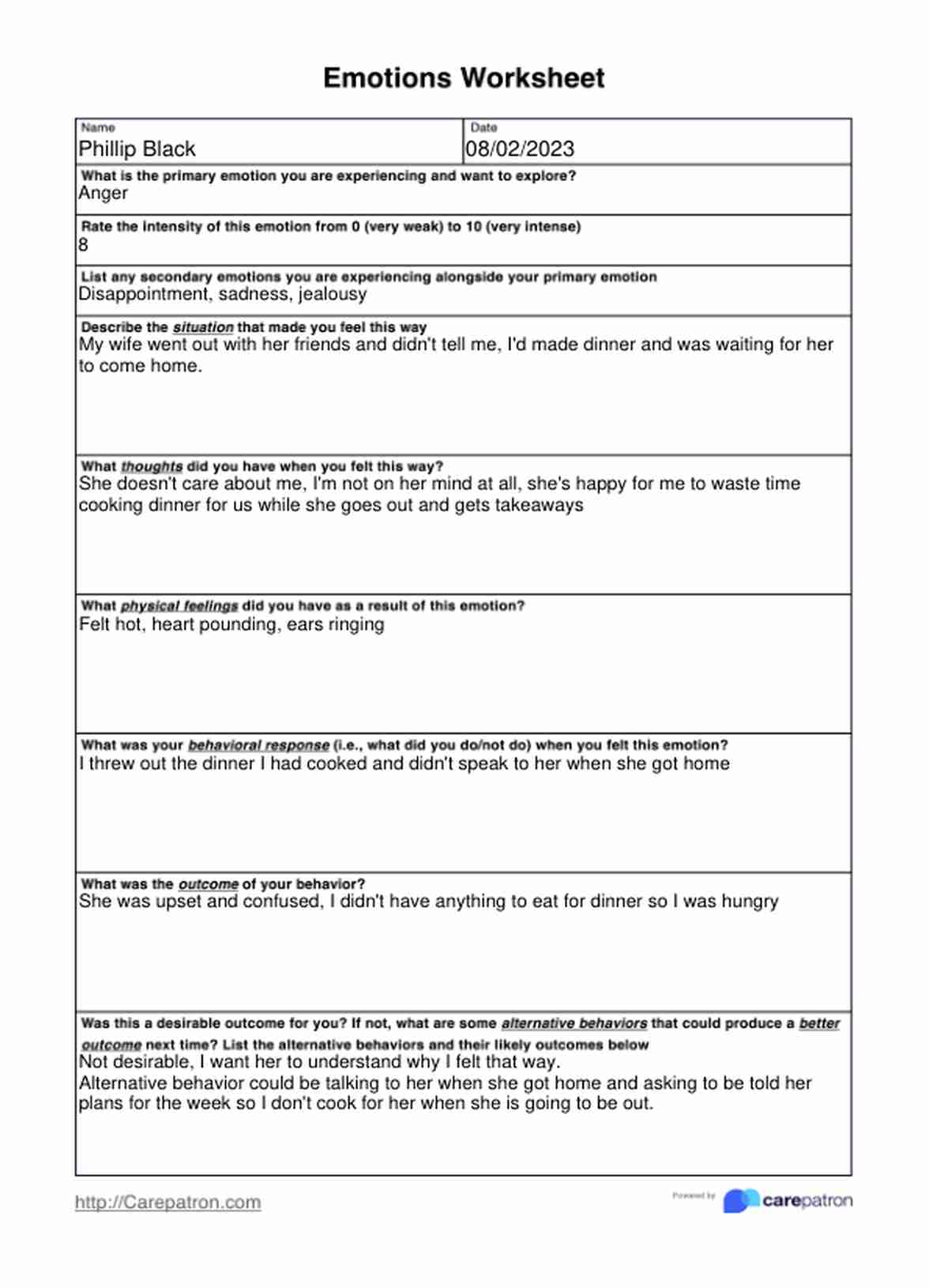Am I Difficult to Get Along With DBT Worksheet
Learn how to use the Am I Difficult to Get Along With DBT Worksheet to help individuals examine their relationships with others. Access the template here.


What is Dialectical Behavior Therapy?
Dialectical Behavior Therapy (DBT), developed by Marsha M. Linehan, is a form of psychotherapy that focuses on dialectics, examining contradictory concepts, such as acceptance and change.
integrates principles from Cognitive Behavioral Therapy, mindfulness practices, distress tolerance, emotional regulation, and more. These elements assist individuals in DBT programs to navigate emotional distress, manage interpersonal relationships, identify impulsive and problematic behaviors, and address destructive tendencies. By equipping patients with essential skills, DBT aims to build their confidence in facing and overcoming challenges.
The worksheet we will discuss centers on interpersonal effectiveness and relationships within the framework of DBT. It is designed for those experiencing difficulties in their interpersonal connections. The worksheet serves as a tool to help individuals identify aspects of their behavior that may hinder positive relationships, marking an important initial step toward improving interpersonal effectiveness.
Am I Difficult to Get Along With DBT Worksheet Template
Am I Difficult to Get Along With DBT Worksheet Example
How to use the Am I Difficult to Get Along With DBT Worksheet:
This Am I Difficult to Get Along With DBT Worksheet is an adaptation of the same worksheet in the book The DBT Homework Assignment Workbook by Elyse Pipitone, LCSW and Angela M. Doel, MS. It’s divided into two parts, both of which have different activities to do.
The first part of this worksheet is a checklist. This checklist is filled with statements like the following:
- People use what I say against me.
- People told me I am self-absorbed or selfish.
- I often consider revenge when I have been treated unfairly.
- I am much more interesting and important than other people.
- I sometimes use passive-aggressive behavior to get my needs met.
In this section of the worksheet, individuals are encouraged to check off as many statements as they believe apply to them. Moving on, there is a questionnaire consisting of two items. The first item prompts participants to revisit the checklist and carefully reflect on each statement they marked. Subsequently, they are asked to explore how these behaviors and thoughts may harm their current relationships.
Following this, participants are invited to identify which behaviors and thoughts they might be willing to change. They are encouraged to explain their choices and elaborate on why they may choose not to change certain behaviors.
By revising and analyzing these aspects, individuals can gain insights into their interpersonal dynamics and make informed decisions about personal growth and improvement.
When is it best to use the Am I Difficult to Get Along With DBT Worksheet?
Whether you're a therapist or not, this worksheet is available for your use at any time! We've created a free template that even non-professionals can benefit from. If you feel it's time to reflect on your behaviors, thoughts, beliefs, and perspectives and how they impact your relationships, this worksheet provides an opportunity for self-improvement.
For Dialectical Behavior Therapists, the ideal time to introduce this worksheet is when a solid foundation of trust and rapport has been established with your patient. They should feel comfortable opening up about their concerns and interpersonal relationships by this stage. Your patients must trust and value your input, especially when addressing issues of interpersonal effectiveness, which often involves examining their own self-perception and thoughts about others.
The worksheet contains statements highlighting potentially "problematic" behaviors and thoughts, but it's possible that patients may not initially view them as such. If something is identified as "problematic," they may be tempted to dismiss or refute it without fully exploring why it's problematic. That's why patients must have a strong level of trust in you, enabling them to engage in the thought exercises proposed by the worksheet. These exercises encourage individuals to consider aspects of themselves that others may find challenging.
What are the benefits of using the Am I Difficult to Get Along With DBT Worksheet?
It’s easy to use.
Our versatile worksheet template can be utilized in two ways: either in print or digitally. The choice is completely yours. If you're a DBT therapist, you can print multiple copies and have them readily available in your therapy space. Alternatively, you can go paperless using the interactive PDF version. This digital format can be accessed on any compatible smartphone, tablet, or computer. Furthermore, the instructions for this worksheet are straightforward, ensuring ease of use and accomplishment.
It can help healthcare professionals learn about their patients’ behaviors and thoughts.
This worksheet offers a unique feature by prompting individuals to select applicable statements. It serves as a valuable tool for healthcare professionals to assess patients' perceptions of themselves and how they believe others perceive them. Furthermore, the worksheet encourages patients to identify behaviors and thoughts that may negatively impact their relationships, as well as areas they wish to change. By identifying these key concerns, healthcare professionals can effectively address them throughout the therapy program.
It can help individuals examine their beliefs and improve upon them.
If your patient has never had the time to reflect on themselves and how their beliefs, thoughts, perceptions, and behaviors can negatively impact others, then this worksheet will allow them to do just that. Since it asks them what they would like to change as well, this can lead to a fruitful discussion with their therapist to determine how they can change themselves based on what they ticked. Suppose certain beliefs and behaviors are something they hold dear. In that case, they can work with their therapists to determine how they can make compromises that won’t negatively impact them but will help them establish healthier relationships and even boundaries with others.
Commonly asked questions
That depends. If you already know what to answer based on what you read on the worksheet, it should take between 5 to 10 minutes. If you’re a therapist, agree with your patient on how long they should spend answering the worksheet.
Based on the instructions, no. The instructions are simple enough that this worksheet can be accomplished easily. Some people might take longer to answer since it asks them to think about their “problematic” thoughts and behaviors and what they would like to change.
Yes. While it’s easy to get the impression that this is only for DBT therapists, this can be used by non-healthcare professionals. If you’re a non-professional and want to use this worksheet for yourself, you’re free to do so! You might have a breakthrough and discover what things about yourself might become detrimental to your interpersonal relationships if not moderated or compromised.


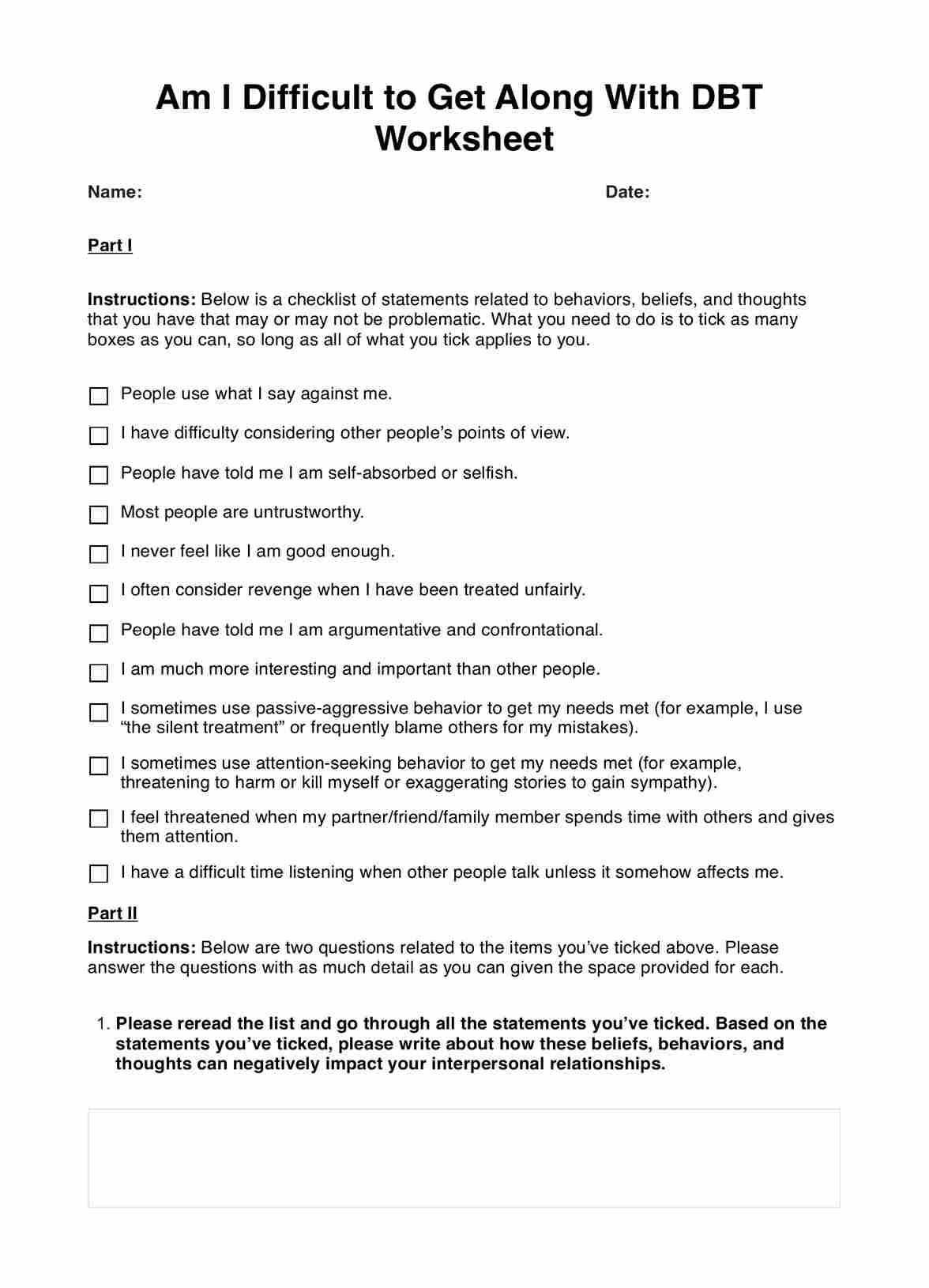
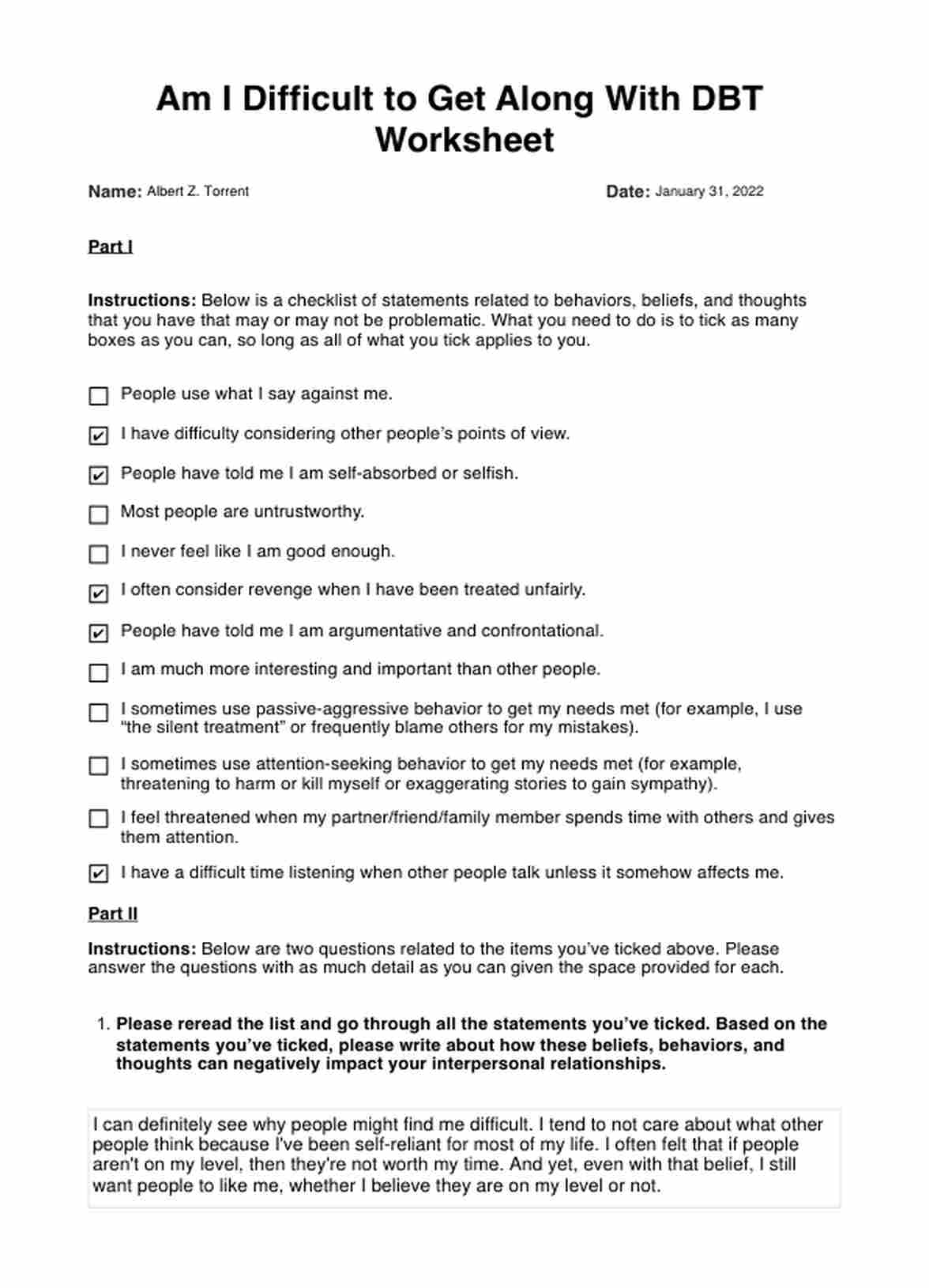

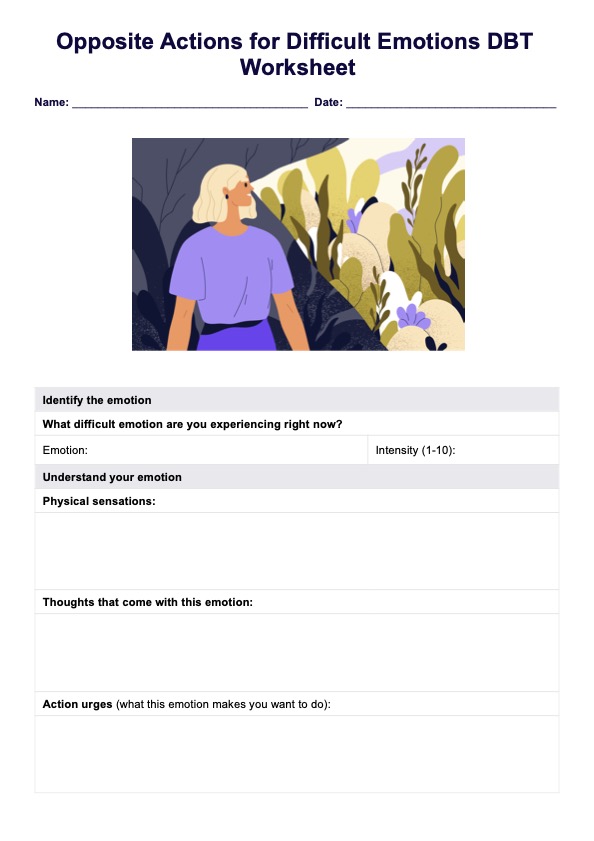













-template.jpg)






















































































